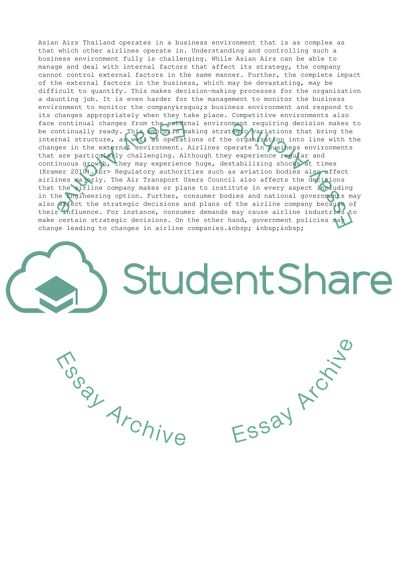Cite this document
(“Engineering Management: Asian Airs Thailand Term Paper”, n.d.)
Engineering Management: Asian Airs Thailand Term Paper. Retrieved from https://studentshare.org/management/1831203-engineering-managment
Engineering Management: Asian Airs Thailand Term Paper. Retrieved from https://studentshare.org/management/1831203-engineering-managment
(Engineering Management: Asian Airs Thailand Term Paper)
Engineering Management: Asian Airs Thailand Term Paper. https://studentshare.org/management/1831203-engineering-managment.
Engineering Management: Asian Airs Thailand Term Paper. https://studentshare.org/management/1831203-engineering-managment.
“Engineering Management: Asian Airs Thailand Term Paper”, n.d. https://studentshare.org/management/1831203-engineering-managment.


